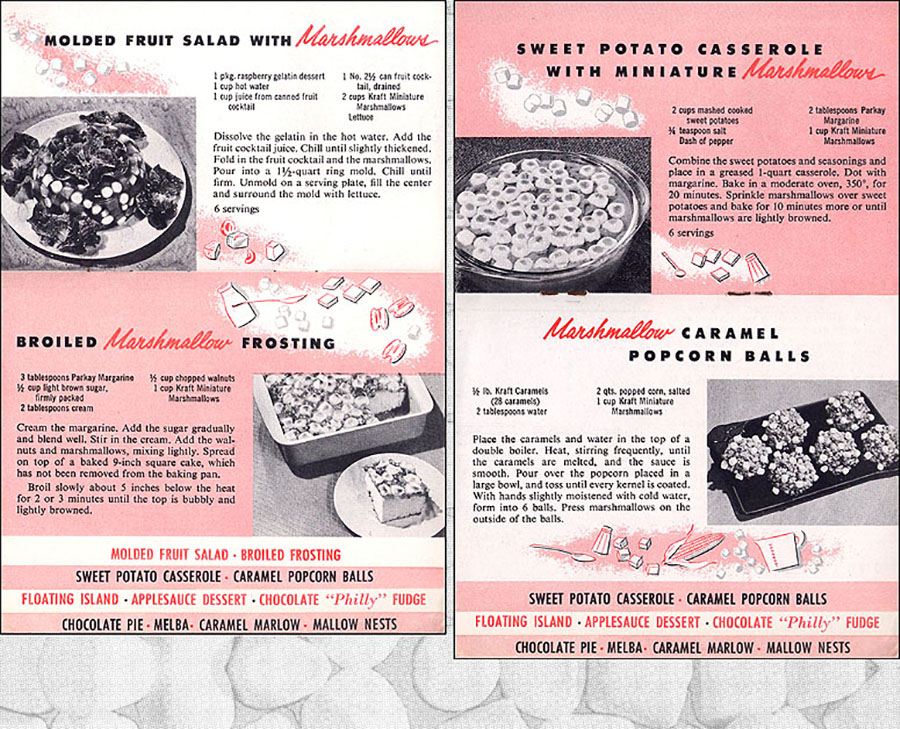Throwback Thursday: The Local History of Candied Yams

Photo via iStock
If you’ve ever eaten a vegetable and thought “This would taste better with candy on top,” then you’re probably a sucker for sweet potato casserole, or candied yams.
Candied yams—an absurdly sweet combination of white and orange mush many people eat on Thanksgiving—were popularized in a Boston kitchen. The backstory, though, doesn’t involve some sort of cute accident like the false legend of the Massachusetts-born Toll House cookie. Instead, prominent cook Janet McKenzie Hill came up with the idea for candied yams so a marshmallow company could sell more marshmallows.
According to the Oxford Companion to Sugar and Sweets, in 1917, the marketing directors at Angelus Marshmallow wanted to advertise their squishy, white product as a versatile ingredient. To promote novel uses of marshmallows, the company enlisted the help of Ms. Hill to create a booklet filled with marshmallow recipes. She single-handedly popularized pairing marshmallows with hot chocolate—and she made sure to include what is now Thanksgiving’s famed sweet potato casserole.
Hill certainly wasn’t the first person to try to make sweet potatoes even sweeter. One version of the recipe had appeared in a much earlier cookbook from 1896. Medford’s own Fannie Farmer, who was assistant principal at the Boston Cooking School while Hill was studying there, published a side dish recipe for glazed sweet potatoes in the first edition of the Boston Cooking School Cookbook.
But as Saveur Magazine notes, candied yams didn’t gain widespread popularity until the advent of mass-produced marshmallows. Even then, people realized the dish was gross. To be more specific, it was southerners who recognized the sweet-on-sweet combo was too much.
“Right away, Americans divided on whether [marshmallow topping] was a good thing. Southerners appeared to respect sweet potatoes too much to pair them with candy,” writes Saveur. “Northerners, by contrast, embraced marshmallows as the latest innovation.”
Maybe that’s because sweet potatoes were generally rare up north until the 19th century. Saveur explains the root vegetable was a staple in the South during the colonial era, and didn’t make it to New England and the Midwest until years later. The colonial era was also the time when the terms “yam” and “sweet potato” began being used interchangeably.
Sometimes the sweeter varieties were referred to as “yams,” though it was acknowledged even then that a yam is actually a different root, native to Africa and Asia. African slaves, recognizing the sweet potato as the closest thing on these shores to the yams they knew, called them by the same name and embraced them in their cooking, further expanding the American sweet potato repertoire.
Whether you love or hate the brightly colored autumnal dish, there’s something to be said about the country’s fascination—both in the North and the South—with mixing vegetables and candy. Is there nothing more American than that?

A recipe for candied yams from a 1950 Kraft pamphlet. / Photo by Alsis35 on Flickr/Creative Commons

